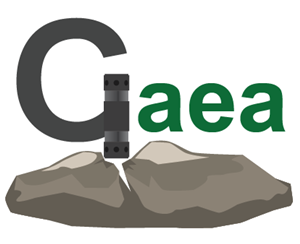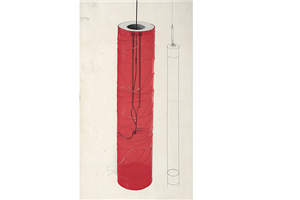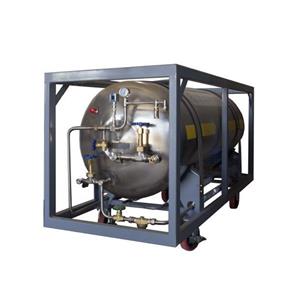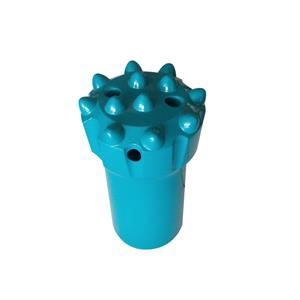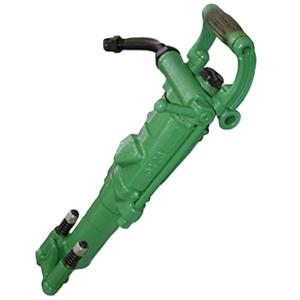DTH Hammer Not Impacting? Don't Rush to Replace It! Follow These Steps to Check—Save Money and Be Efficient
When the down-the-hole (DTH) hammer suddenly stops impacting or its impact force significantly weakens during operation, it will severely affect drilling efficiency and project progress. In such situations, don't panic; instead, follow these systematic steps from easy to difficult and from external to internal for troubleshooting:
I. Prioritize Excluding External Environment and Supply Issues ♦ Check Air/Hydraulic Supply: This is the most common and easiest aspect to inspect. Confirm whether the equipment's air pressure (or hydraulic pressure) meets the minimum pressure value required for the hammer's normal operation. Insufficient pressure is the primary cause of the hammer failing to start or having weak impact. ♦ Check Pipelines and Connections: Carefully inspect all pipelines, joints, quick connectors, and valves from the power source (air compressor or hydraulic station) to the hammer inlet. Ensure there are no air/oil leaks, blockages, excessive bending, or damage. Even a minor leak or blockage can cause pressure loss, preventing the hammer from receiving sufficient power.
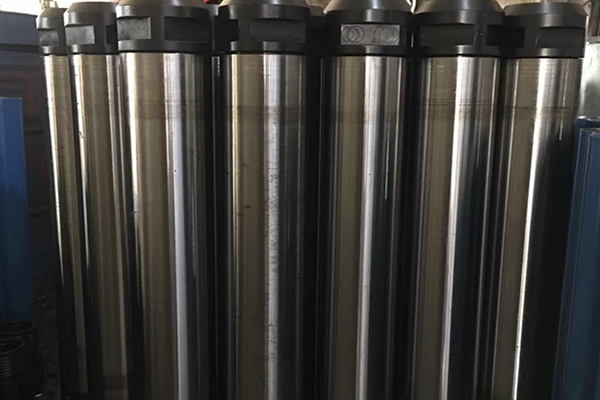
II. Check the Mobility of Internal Moving Parts ♦ Disassemble and Inspect Core Components: If the supply system is confirmed to be fine, the next step is to (after safely depressurizing) disassemble the hammer or inspect its internal key moving parts. ♦ Confirm Smooth Movement: Focus on checking if the cylinder inner wall is smooth, if the piston can reciprocate smoothly within the cylinder, if the drill bit/spline shaft (the component transmitting impact force) can rotate freely and move axially, and if the air/oil distribution valve (if present) moves. flexibly. Any jamming, rusting, or overly tight assembly of components will hinder the formation of impact actions.
III. Thoroughly Check for Internal Wear and Damage ♦ Comprehensive Visual Inspection: Perform a careful visual check on the disassembled internal parts to look for any form of physical damage. ♦ Key Inspection Points: Piston and Cylinder: Check the surfaces for severe scratches, scoring, cracks, or pitting. These damages can compromise sealing, leading to pressure leaks and preventing the piston from effectively impacting. Exhaust Ports: Check if the exhaust ports (channels for discharging exhaust gas/liquid) are clear and free from blockages or coverage by metal debris or sludge. Blocked exhaust ports will hinder the piston's return stroke, disrupting the impact cycle. Other Load-Bearing Parts: Check key load-bearing areas such as the drill bit tail (impact-receiving end), splines, valve sleeves, and valve cores for fractures, chipping, or abnormal deformation.
IV. Ultimate Causes: Overpressure Operation or Fatigue Failure ♦ If the Above Three Steps Are All Ruled Out: When the environmental supply is normal, internal parts move without jamming, and no obvious wear or damage is found, yet the hammer still doesn't work, the issue usually points to more fundamental material failure caused by long-term use or improper operation. ♦ Pressure Exceeding Allowable Values: The equipment may have been operating for extended periods under conditions exceeding its designed rated pressure. Excessive pressure can cause plastic deformation (expansion) in the piston (especially its impact end) or related pressure-bearing components, altering the original precise fit dimensions and preventing the completion of impact actions. ♦ Reaching Fatigue Service Life: The hammer's internal core moving parts (especially the piston, cylinder, valve system, etc.) work under countless reciprocating impact loads, gradually accumulating metal fatigue. When the fatigue life is exhausted, even without visible severe wear or fractures, the material's microstructure has changed, internal microcracks have formed, and its strength, toughness, and dimensional stability have significantly declined, ultimately leading to component failure under impact loads (which may manifest as "expansion," microcrack propagation, or overall insufficient strength).
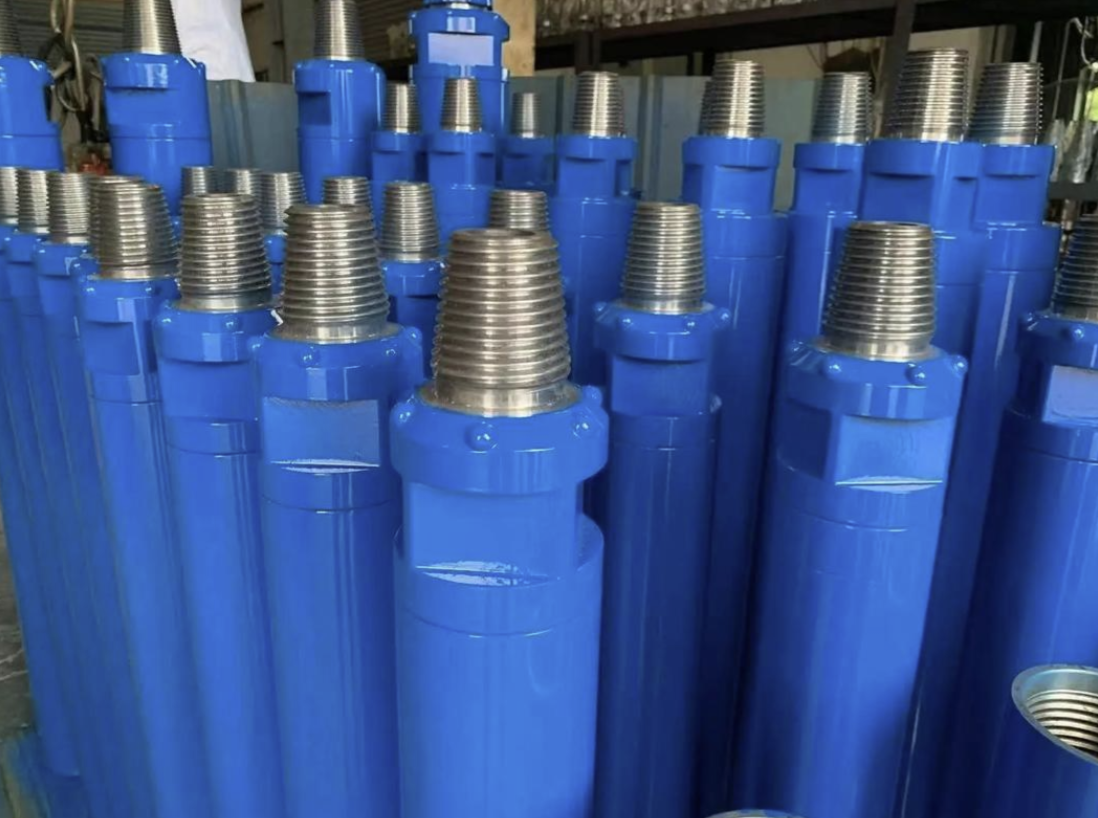
To resolve the issue of a DTH hammer "not impacting," you must follow a troubleshooting logic from external to internal and from simple to complex. First, ensure the power supply is sufficient and leak-free; next, check if internal moving parts are jammed; then, delve into whether there is visible wear or damage. If all these are normal, it's highly likely due to part deformation from long-term overpressure operation or reaching the material fatigue limit, in which case key components (such as the piston, cylinder, etc.) usually need to be replaced to restore function. Regular maintenance and avoiding overload operation are key to extending the hammer's lifespan.
